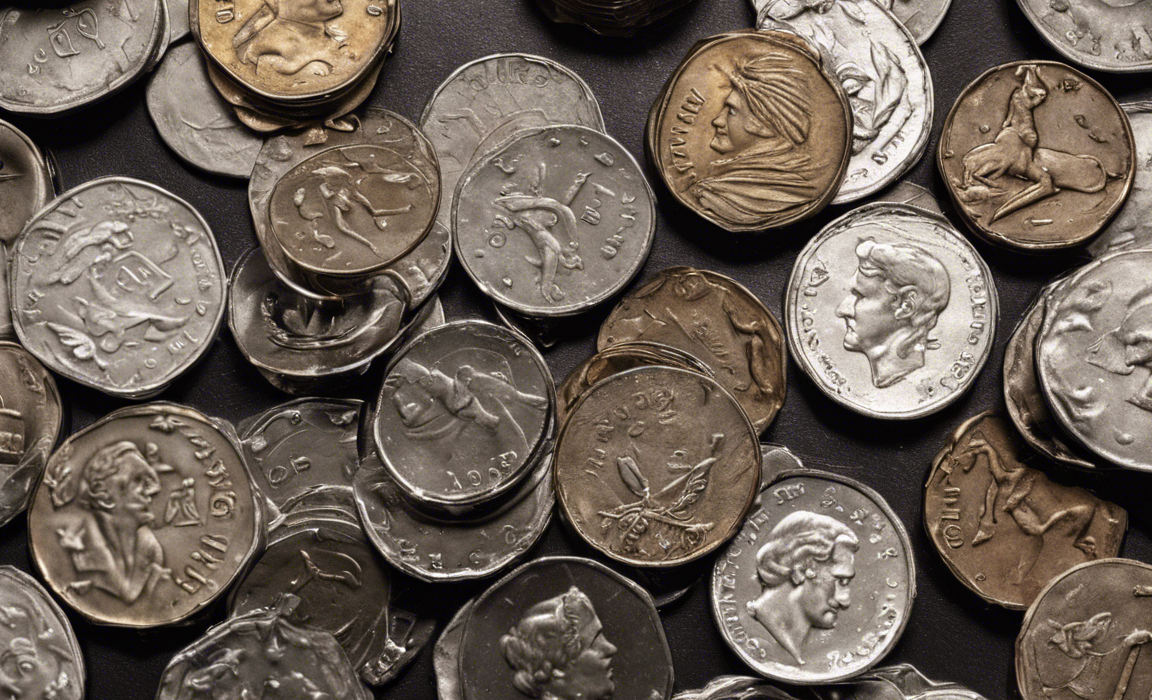Have you ever wondered what the chances are of getting a certain outcome when you toss a coin multiple times? Understanding the concept of probability can help you predict the likelihood of different outcomes occurring in a given situation. In this article, we will delve into the world of probabilities by looking at the specific scenario of tossing a coin three times. By the end of this article, you will have a clear grasp of how to calculate the probabilities of various outcomes when a coin is tossed three times.
Basic Concepts of Probability
Before we dive into the specifics of calculating probabilities for tossing a coin three times, let’s brush up on some basic concepts of probability.
1. Outcome: In a probability experiment, an outcome is the result of a single trial. For example, when you toss a coin, the possible outcomes are heads or tails.
2. Sample Space: The sample space is the set of all possible outcomes of an experiment. When tossing a coin, the sample space consists of {Heads, Tails}.
3. Event: An event is a specific set of outcomes from an experiment. For example, getting heads on a coin toss is an event.
4. Probability: Probability is a numerical measure of the likelihood that a specific event will occur. It is expressed as a value between 0 and 1, where 0 indicates impossibility and 1 indicates certainty.
Tossing a Coin Three Times: Understanding the Probabilities
When a coin is tossed three times, there are a total of 8 possible outcomes. Each toss of the coin is independent of the others, meaning that the outcome of one toss does not affect the outcome of another toss. Let’s explore the probabilities associated with tossing a coin three times:
1. Probability of Getting Exactly 0 Heads (HHH):
The probability of getting exactly 0 heads in three coin tosses can be calculated using the binomial probability formula:
- Probability of 0 Heads = (Number of ways to get 0 heads) / (Total number of outcomes)
Since getting 0 heads means getting 3 tails (TTT), there is only 1 way to get 0 heads. Therefore, the probability of getting exactly 0 heads is 1/8.
2. Probability of Getting Exactly 1 Head (HHT, HTH, THH):
To calculate the probability of getting exactly 1 head in three coin tosses, we need to consider all the possible outcomes that have exactly 1 head:
- HHT, HTH, THH
There are 3 ways to get exactly 1 head out of 8 possible outcomes, so the probability is 3/8.
3. Probability of Getting Exactly 2 Heads (HTT, THT, TTH):
For the scenario where we want to find the probability of getting exactly 2 heads in three coin tosses, the outcomes are:
- HTT, THT, TTH
Again, there are 3 ways to achieve this out of 8 possible outcomes, making the probability 3/8.
4. Probability of Getting Exactly 3 Heads (HHH):
Lastly, to determine the probability of getting exactly 3 heads in three coin tosses, we look at the outcome HHH. There is 1 way to get 3 heads out of 8 possible outcomes, resulting in a probability of 1/8.
Calculating the Probabilities: A Summary
Here is a summary of the probabilities for each outcome when a coin is tossed three times:
- 0 Heads (HHH): 1/8
- 1 Head (HHT, HTH, THH): 3/8
- 2 Heads (HTT, THT, TTH): 3/8
- 3 Heads (HHH): 1/8
In this scenario, the probabilities of getting 0, 1, 2, or 3 heads add up to 1, as one of these outcomes must occur.
Frequently Asked Questions (FAQs):
Q1: Can the outcomes of an individual coin toss impact the probabilities of subsequent tosses?
A: No, each coin toss is independent, so the outcomes of previous tosses do not affect the probabilities of future tosses.
Q2: Why do the probabilities of getting 0, 1, 2, or 3 heads in three coin tosses add up to 1?
A: The sum of the probabilities of all possible outcomes of an experiment must equal 1, ensuring that one of the outcomes will occur.
Q3: What is the difference between theoretical and experimental probabilities in coin toss experiments?
A: Theoretical probability is based on mathematical calculations, while experimental probability is derived from actually conducting the experiment and recording the outcomes.
Q4: Is it possible to change the probabilities of coin toss outcomes by using a biased coin?
A: Yes, using a biased (weighted) coin can alter the probabilities of outcomes, as the likelihood of landing on one side is higher than the other.
Q5: How can the concept of probabilities in coin tossing be applied in real-world scenarios?
A: Understanding probabilities can help in making informed decisions in situations involving uncertainty, such as in gambling, risk assessment, or statistical analysis.
By grasping the fundamentals of probability and applying them to specific scenarios like tossing a coin three times, you can enhance your analytical skills and make more informed predictions about outcomes. Next time you flip a coin, you’ll have a deeper appreciation for the role that probability plays in determining the results.


